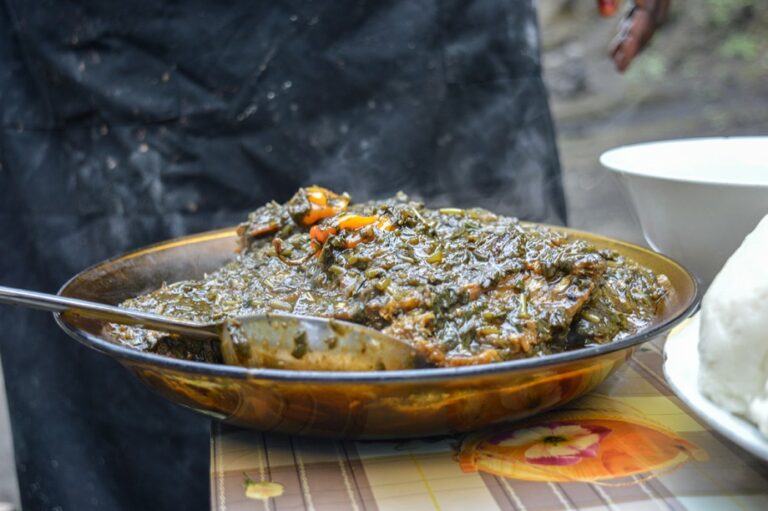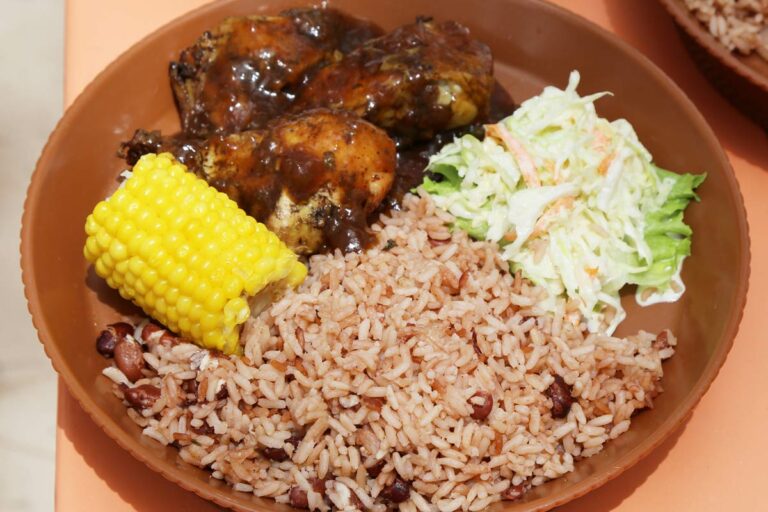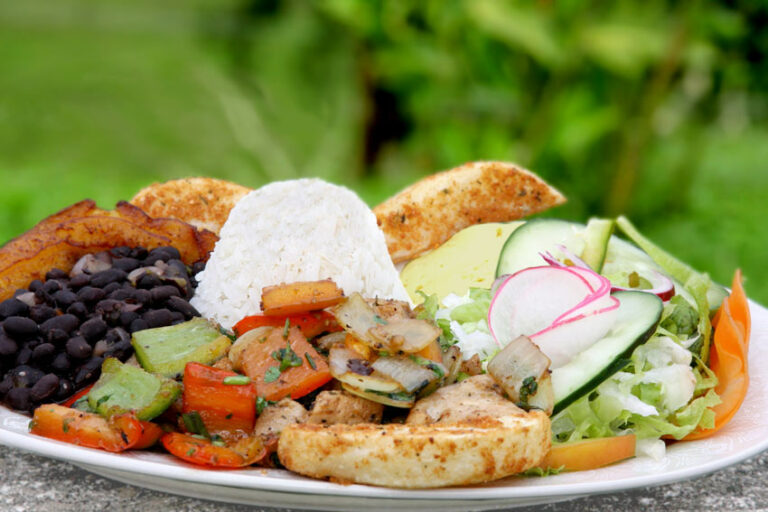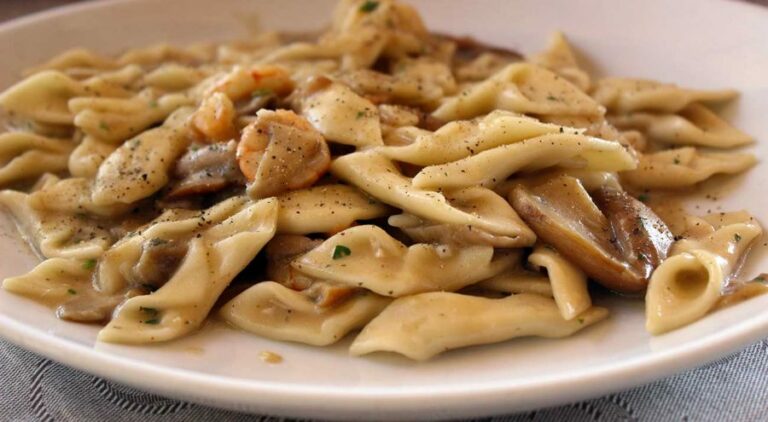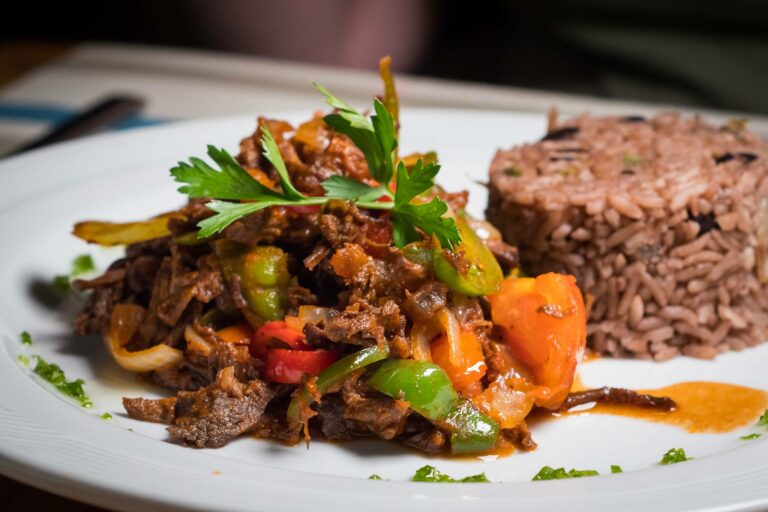Introduction: Exploring the Flavors of Congolese Cuisine
Congolese cuisine is a fusion of various traditional ingredients, cooking methods, and influences from neighboring countries. The food is diverse, flavorful, and reflects the country’s unique cultural heritage. If you are a food enthusiast, you will appreciate the exciting flavors and aroma of Congolese cuisine. In this article, we will explore the role of condiments and sauces in Congolese dishes, the most popular condiments, and how to incorporate them into your cooking.
A Brief Overview of Congolese Cuisine
Congolese cuisine is heavily influenced by the country’s geography, and the various ethnic groups that inhabit the region. Congo is a vast country, and the cuisine varies from region to region. The food is typically composed of starchy staples such as cassava, plantain, and rice, accompanied by vegetable-based side dishes, meat, and fish. Common meats include beef, goat, chicken, and fish. The food is often spicy, and the use of herbs and spices such as garlic, ginger, and chili is prevalent.
Understanding Congolese Condiments and Sauces
Condiments and sauces play a crucial role in Congolese cuisine. They are used to enhance the flavor of dishes, and many of them have medicinal properties. Congolese condiments are made from a variety of ingredients, including vegetables, fruits, nuts, and spices. Peanut butter, for instance, is a key ingredient in many Congolese dishes, and it is used to make sauces and stews. Other popular condiments include cassava leaves, okra, and palm oil.
Top 3 Condiments Used in Congolese Dishes
Peanut butter sauce is a staple in Congo. It is used to make stews, and it adds a rich, nutty flavor to the dish. Cassava leaves are also a popular ingredient in Congolese cooking. They are used to make a sauce that is served with rice or fufu, a starchy side dish made from cassava. Okra is another commonly used condiment in Congo. It is used to thicken stews and soups and adds a unique flavor to the dish.
Beyond Peanut Butter Sauce: Other Must-Try Condiments
While peanut butter sauce is a staple in Congolese cuisine, there are many other condiments that you should try. Palm oil is a popular condiment used to cook meat and fish. It adds a rich, earthy flavor to the dish. Pili-pili is a fiery chili sauce, and it is used to add heat to stews and soups. Another condiment to try is mwamba, which is made from fermented cassava leaves. It has a tart flavor and is often used in stews.
The Role of Spices in Congolese Cuisine
Spices play a significant role in Congolese cuisine. Garlic, ginger, and chili are commonly used to add flavor and heat to dishes. Other spices used in Congolese cuisine include cumin, coriander, and cardamom. These spices are used in stews, soups, and meat dishes to add depth of flavor and aroma.
How to Incorporate Congolese Condiments in Your Cooking
If you want to experience the unique flavors of Congolese cuisine, you can start by incorporating some of the condiments in your cooking. Peanut butter sauce is a great place to start, as it is easy to make and can be used in a variety of dishes. You can also try using cassava leaves, palm oil, and pili-pili to add a new dimension to your cooking. Experiment with different condiments to find your favorites.
Conclusion: Discovering the Unique and Delicious Flavors of Congo
In conclusion, Congolese cuisine is a diverse and flavorful cuisine that is worth exploring. Condiments and sauces play a crucial role in enhancing the flavor of dishes and adding a unique dimension to Congolese cooking. From peanut butter sauce to cassava leaves, there are many condiments to try and experiment with. So, go ahead and explore the unique and delicious flavors of Congo.

